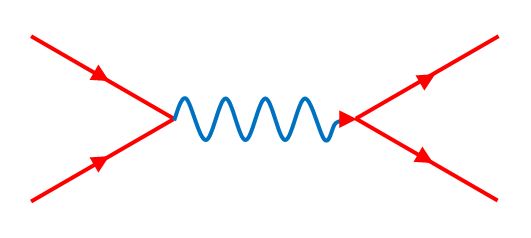THE PARTICLE ADVENTURE
In chemistry, students learn about protons, neutrons, and electrons, but it turns out that there are many more particles than just these—and the protons and neutrons are themselves made up of even smaller particles called quarks.
There is an amazing world of particle physics. Unfortunately, particle physics isn’t one of the standard science classes. Biology, chemistry, physics, and astronomy are more common. An actual particle physics class is usually only an upper level course taught at universities, packed with mathematics.
Occasionally, a little exposure to particle physics is given through a physical science course, for example.
Yet much is known about elementary particles and can be taught without introducing mathematics into the picture.
The Particle Adventure provides a good interactive introduction to elementary particles:
Websites for high-energy colliders or particle accelerators sometimes have an educational page. For example, here is CERN’s page (home of the Large Hadron Collider) for students and educators:
http://home.web.cern.ch/students-educators
Sometimes, it can be refreshing to learn something new, which isn’t in the standard curriculum.
Go on an adventure with Higgs bosons, gluons, quarks, muons, tau leptons, neutrinos, and more. Learn about the four fundamental forces of nature, fractionally charged particles, how particles get mass, and discover patterns in a different kind of periodic table—one of elementary particles.
Copyright © 2014 Chris McMullen, author of the Improve Your Math Fluency Series


Oh, I’m going on an adventure just reading this….I think I now understand the quark joke I heard a while back. Don’t ask…I can’t remember it. 😉 (This was good. I totally followed you.)
Telling about a joke that you can’t tell. No fair. 😉